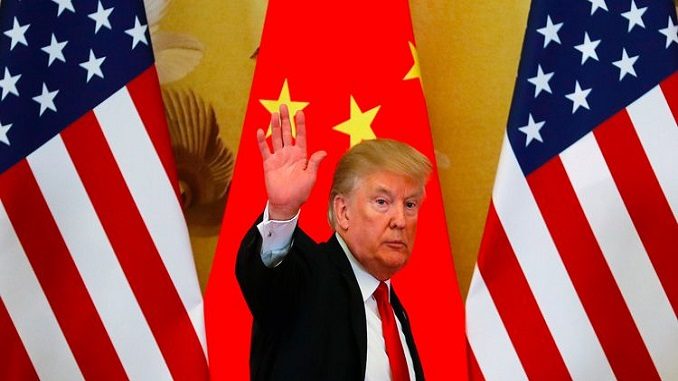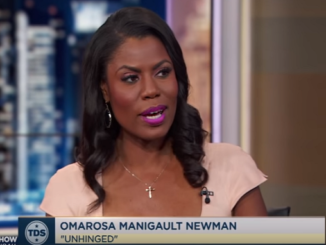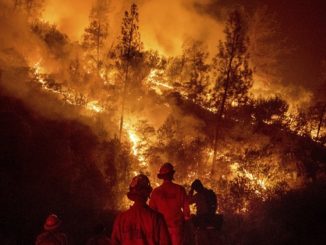
Earl Kerr, a 57-year-old electrical contractor in Jacksonville, Florida, says he fears for his 80-year-old mother, who entered an assisted living facility just before the coronavirus pandemic hit the United States. And he says he worries that the tanking economy will sink his small business, Reuters writes.
However, he has faith in President Donald Trump to handle the crisis. He’s heard the widespread criticism that Trump initially didn’t take the pandemic seriously, that his administration failed to procure vital medical supplies and left overwhelmed states to fend for themselves. Kerr has a different take.
“He’s not God. He can’t foresee the future or see that the virus can do this or that,” said Kerr, who voted for Trump in 2016 and plans to again in November. “He’s doing the best he can with the information that he gets.”
Continued support from voters like Kerr could prove critical to Trump’s re-election bid – especially because the regions where the President has drawn support often overlap with those most vulnerable to the pandemic, a Reuters analysis shows.
The analysis found one in five of Trump’s 2016 voters live in areas where health and economic factors heighten their risks from the coronavirus. Kerr is among 30 voters interviewed by Reuters who live in such at-risk metropolitan areas in Florida, Ohio and West Virginia and who voted for Trump in 2016 or support him now.
The interviews, along with the latest Reuters/Ipsos polling data, show stalwart support among Trump’s political base amid the worst public health crisis in a century, with a rising U.S. death toll that has now surpassed 12,700, predictions of an economic depression, and the U.S. stock market’s biggest first-quarter loss in history.
But neither has Trump enjoyed the dramatic gains in popularity that past presidents have sometimes seen during crises, when patriotism often runs high – illustrating a hardening of the bitter partisanship that has been the hallmark of his administration, Reuters added.
Before the pandemic, the President had trumpeted a soaring economy and record-low unemployment to woo the moderate and independent voters he needs to win the election – especially in key battleground states such as Wisconsin, Pennsylvania and Florida. That pitch evaporated in the pandemic, making perceptions of his emergency response all the more crucial. Recent polls in Florida and Wisconsin showed Trump trailing Biden by between three and six points.
Perceptions of crisis response have had a pivotal impact on the popularity of past presidents. The experience of George W. Bush – the last Republican president, also a polarizing figure – provides a vivid example of partisanship breaking down in some of the nation’s darkest times.
Bush’s approval rating soared to more than 90% after the Sept. 11, 2001 terrorist attacks, according to Gallup polling. But that figure fell below 40% after Hurricane Katrina in 2005 and bottomed out at 25% during the 2008 financial crisis, helping Democrat Barack Obama beat Republican challenger John McCain in that year’s election.
Trump’s approval rating, by contrast, has remained steady throughout his presidency and has ranged between 40% and 44% since the onset of the U.S. coronavirus crisis in early March, buoyed by the support of 85% of Republicans, according to the latest April 6-7 Reuters/Ipsos poll. That job rating makes November’s election highly competitive, experts say, though the political landscape could shift as the pandemic continues to claim lives and jobs.
Trump campaign communications director Tim Murtaugh said voters continue to support the President in part because he acted early, in late January, to restrict travel from China and appoint a coronavirus task force. “He also has an optimistic view of America and wants to get us moving as soon as it is safe, while also listening to the medical experts,” Murtaugh said.
The condemnation of Trump’s response is just as overwhelming among Democrats, nearly 89% of whom disapprove of his job performance, little changed from pre-crisis levels, the poll showed. Independents remain split, with 53% disapproving of the President’s performance and 42% approving.




Be the first to comment